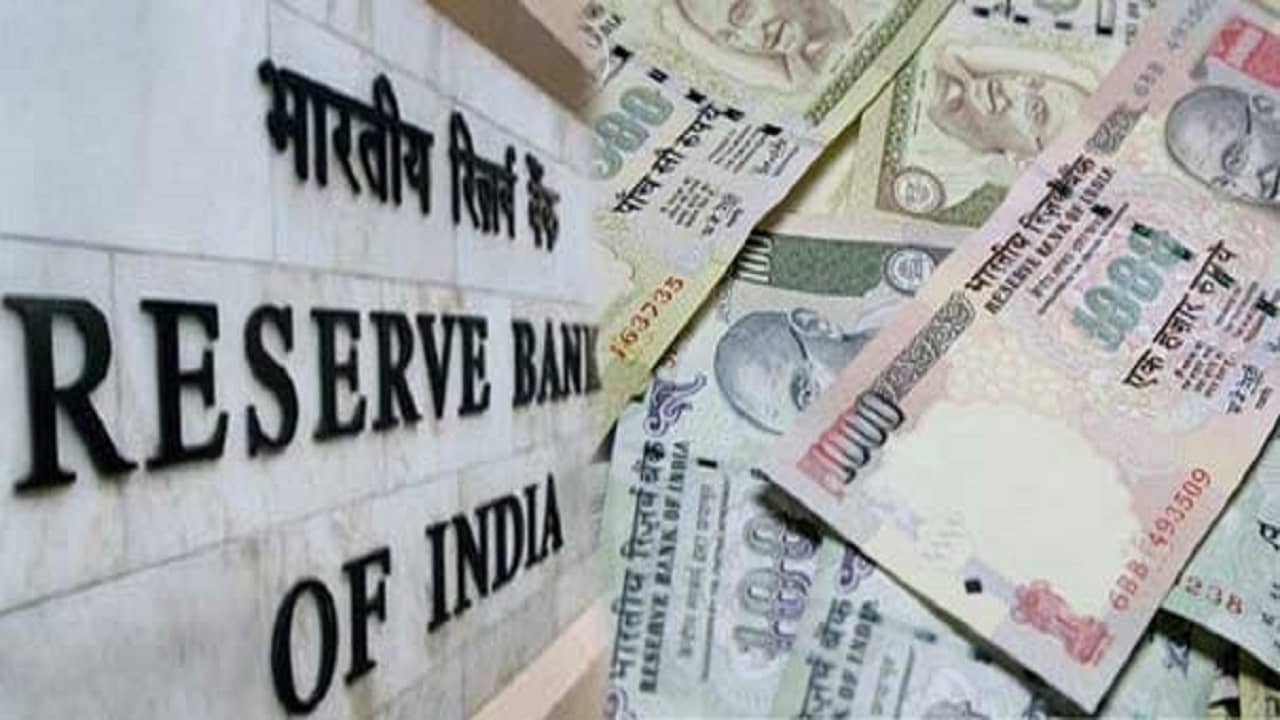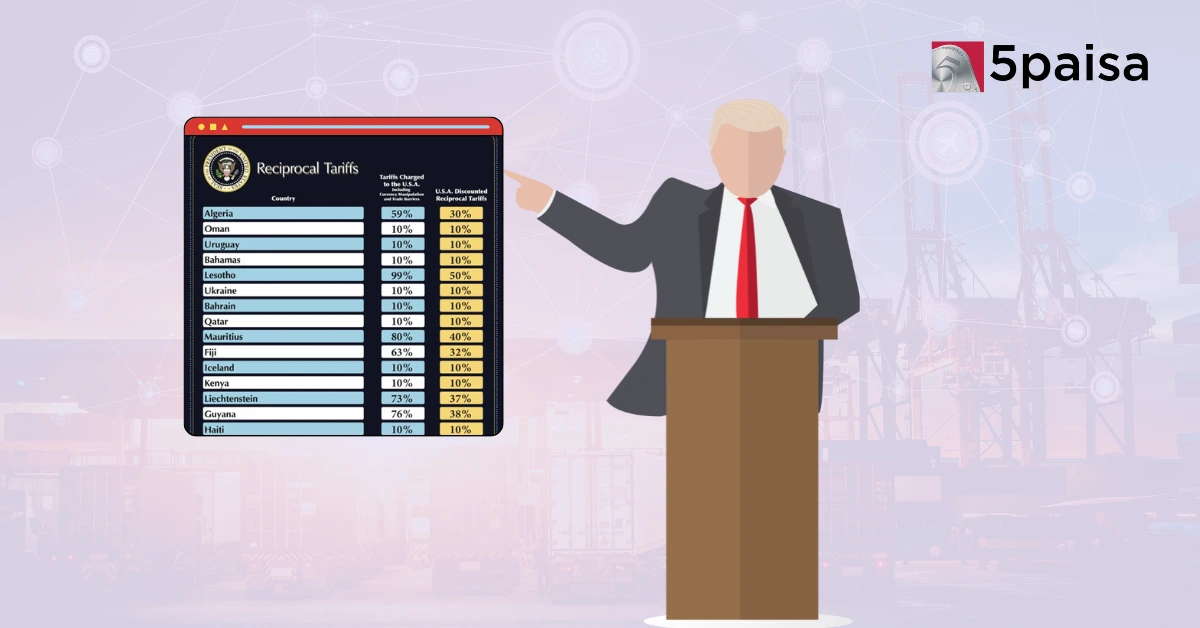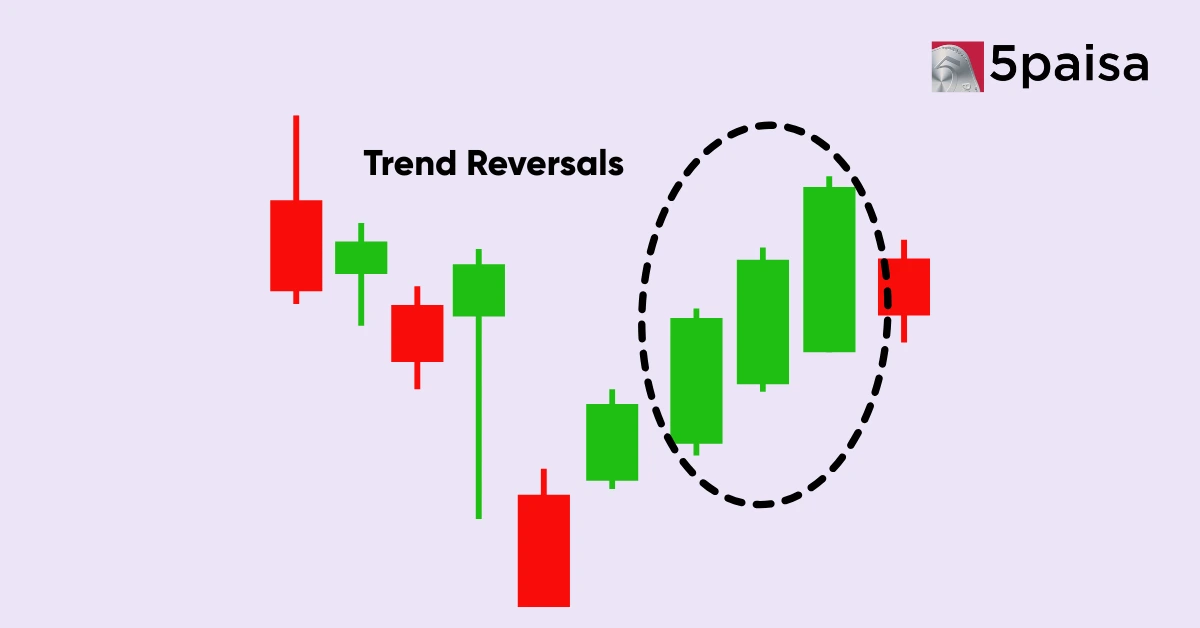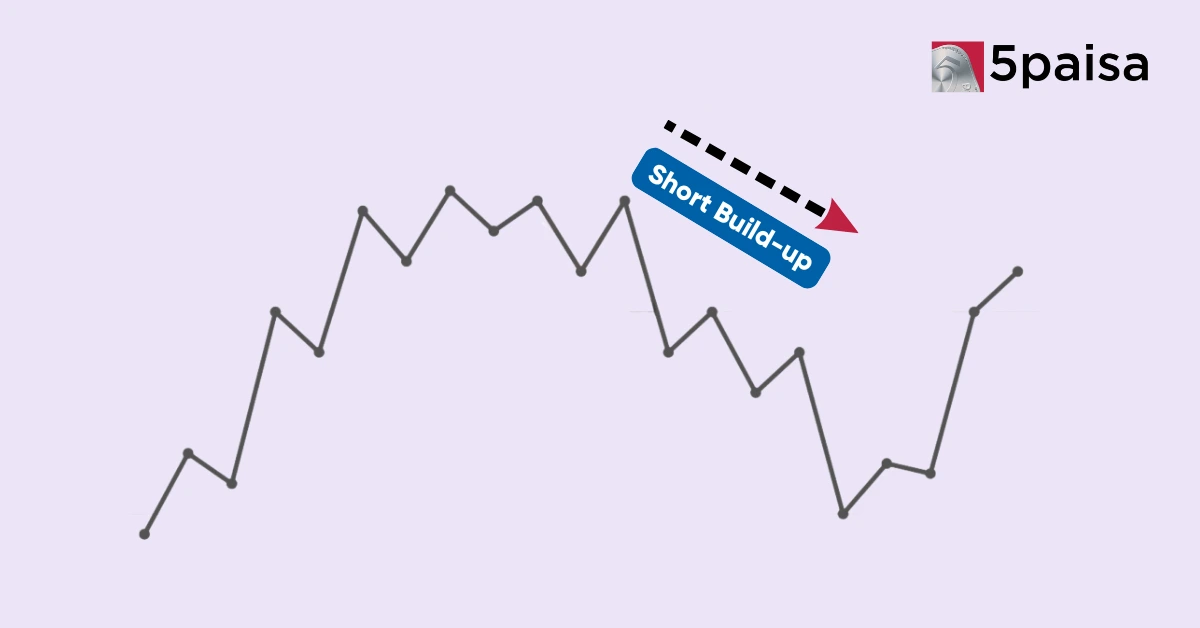10 Shocking Numbers That Explain How Trump’s Tariffs Triggered $9.5 Trillion Sell-Off
Explained: Why banking system liquidity has fallen into a deficit

After nearly 40 months, the liquidity of India’s banking system has slipped into a deficit, prompting the Reserve Bank of India (RBI) to infuse Rs 21,800 crore ($2.73 billion) into the banking system on Tuesday, the highest amount since May 2019.
Why has India’s banking liquidity fallen so sharply?
Surplus liquidity in the banking system, as measured by absorption of excess funds by the RBI, fell sharply at the end of the last week due to outflows on account of advance tax payments, Business Standard said in a report.
The report said that surplus liquidity in the banking system has been decreasing sharply for the past couple of months due to the RBI’s hefty interventions in the foreign exchange market and a sharp pick-up in credit growth.
The RBI’s average daily absorption of excess liquidity was at Rs 3.8 trillion during June-July against Rs 5.5 trillion in May and Rs 7.4 trillion a month ago.
What has this done to the overnight lending rates?
Reuters reported that overnight rates continue to stay elevated, with one-day call money rate jumping to 5.85%. This is the highest level since July 2019.
What does the RBI data actually say?
According to the RBI data, the net liquidity absorbed by the central bank on September 16 was at Rs 3,243.57 crore, much lower than the average of Rs 56,809.92 crore in the preceding four days of the week.
The average absorption of funds by the RBI so far in September is at Rs 1.13 trillion, against the average of Rs 1.2 trillion in the previous month, the data showed.
According to the latest data, the credit growth of commercial banks is at a near nine-year high of 15.5% year-on-year for the week ended August 26. Deposit growth lags far behind at 9.5%.
The corporate advance tax mop-up in July-September increased 10.2% to Rs 1.49 trillion, against Rs 1.35 trillion in the year-ago period. Advance personal income tax collection, on the other hand, is 9.5% higher at Rs 43,358 crore, against Rs 39,592 crore a year ago.
Advance tax is paid as and when the money is earned in four instalments, rather than at the end of the fiscal year.
The first instalment, or 15% of advance tax, is to be paid by June 15, the second by September 15 (30%), the third by December 15 (30%), and the rest by March 15.
How do RBI’s liquidity operations actually work?
When the RBI sells dollars in the currency market in order to prevent excessive volatility in the exchange rate, the central bank sucks out rupee liquidity.
- Flat ₹20 Brokerage
- Next-gen Trading
- Advance Charting
- Actionable Ideas
Trending on 5paisa
Indian Stock Market Related Articles
Disclaimer: Investment in securities market are subject to market risks, read all the related documents carefully before investing. For detailed disclaimer please Click here.

 5paisa Research Team
5paisa Research Team
 5paisa Research Team
5paisa Research Team




